Alternative Crafts
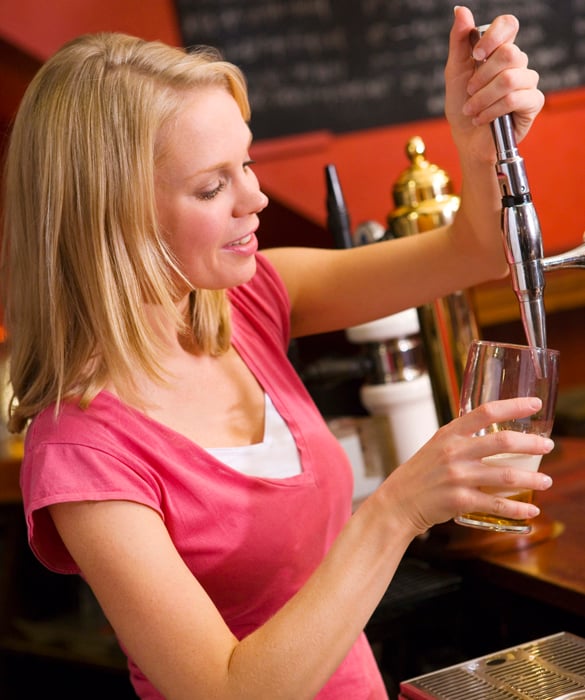
The hyper-marketed beers showcased in commercials are domestic lager styles that most are familiar with. But these alone do not define the beverage. Craft beers capture less attention, with their smaller production and more unusual ingredients and brewing methods, and appeal to particular palates that steer clear of the bland brews at typical happy hours. Of the more than 2,000 breweries in the United States, 97 percent are craft breweries, according to the Brewers Association. If you're not impressed with big-batch beers, consider whetting your taste buds on the alternative.
Craft Versus Mainstream
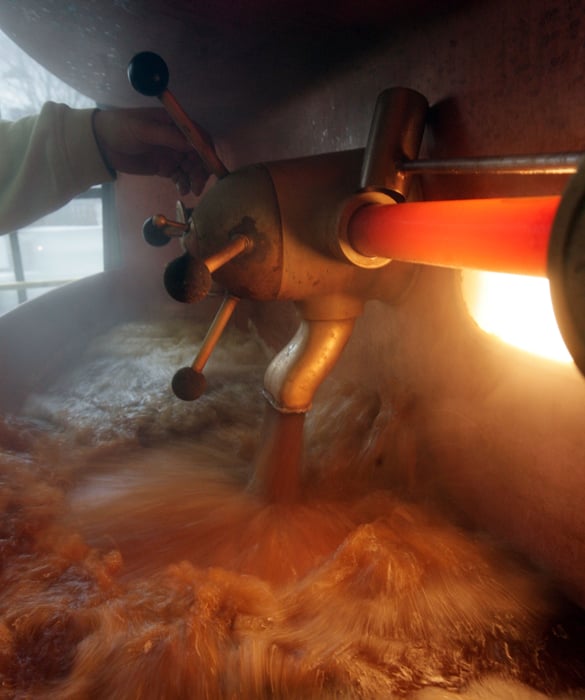
Craft beers start out, like their mainstream counterparts, with four main ingredients: water, malted barley and other grains, hops and yeast, says Jeremy Danner, brewer at Boulevard Brewing Company in Kansas City, Mo. What separates craft beers from predictable lagers is the brewer's creativity and innovation in the brewing process. "Craft beers are typically going to have a wider range of flavor and depth of character than mass-produced beers," Danner says. "Industrial lagers, while incredibly consistent, are very homogenous, while craft brewers typically focus on brewing diverse styles."
Amber Ale
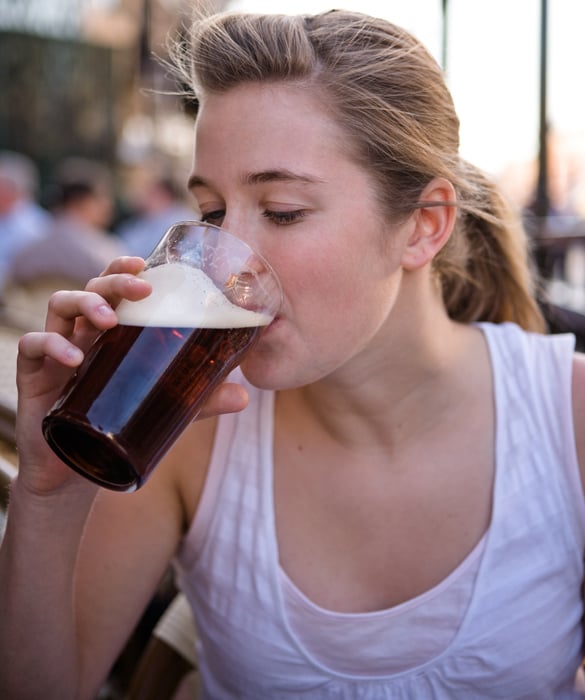
Amber ales can run the gamut from being very aggressively hopped, or bitter, to being more malt-forward, or sweet, or balanced between malt and hop characteristics, Danner says. "Our amber ale is a delicate balance between [the] rich caramel malt that provides a nutty sweetness and German noble hops that provide a crisp, clean bitterness."
India Pale Ale
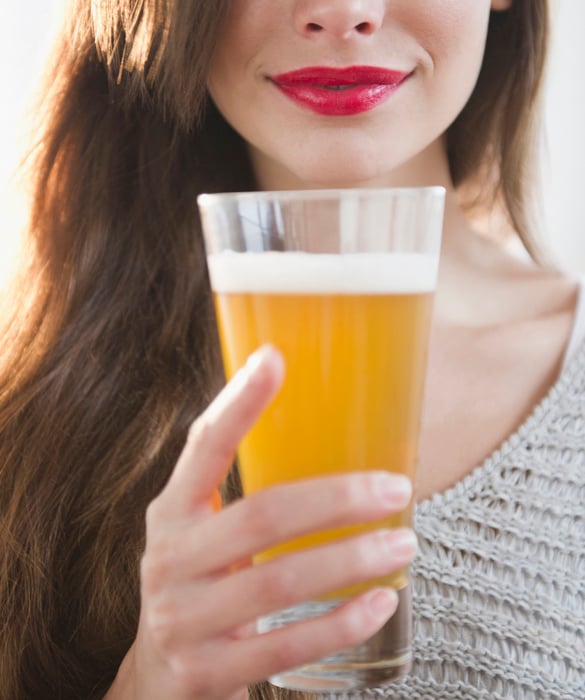
Originating in Great Britain in the 18th century, American-style India pale ales are typically very hoppy, with notes ranging from piney and resinous to bright tropical fruit flavors and aromas, Danner explains. "IPAs can range in color from light copper to deep auburn," he says. "IPAs are one of the hottest styles out there right now."
Saison
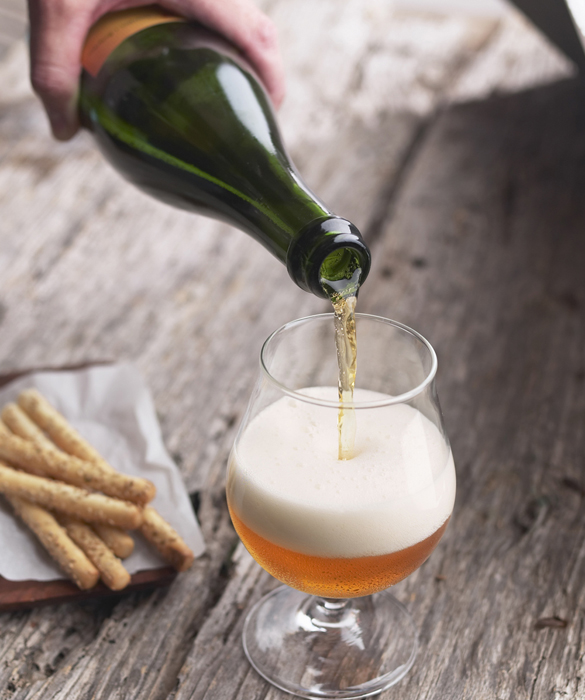
Traditionally brewed on Belgian farmhouses during cooler months, today's saisons tend to be dry, crisp and highly carbonated. Saisons don't have precise style parameters, although they could be spicy, hoppy or have an indescribable characteristic, depending on the brewer's creativity. Boulevard's Saison-Brett, for example, includes a wild yeast strain, which increases the earthy notes. "Beers with wild yeasts are suitable candidates for aging," Danner says, "as the yeast will continue to chew away at any residual sugars left in the beer and the earthy, funky character will intensify."
Tripel
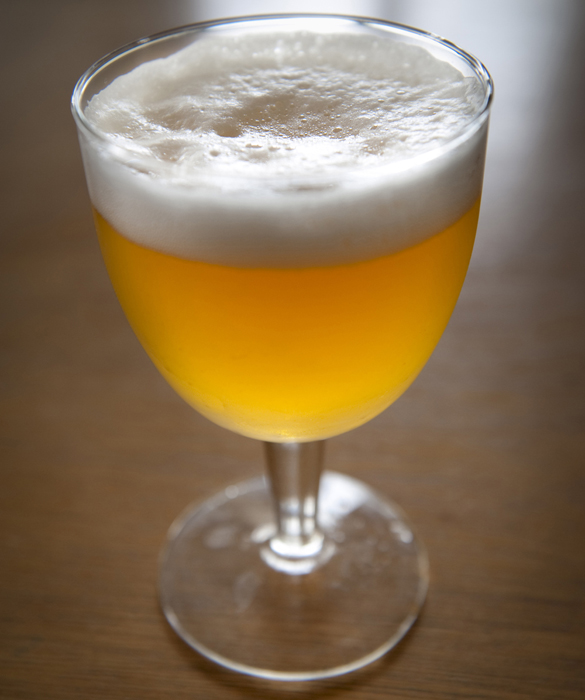
With a history dating back to monastic breweries, modern-day tripels are typically bright golden in color and feature Belgian yeast characteristics, resulting in fruity notes with a crisp hop bite. Danner's version combines tropical fruit aromas with sweetness from the malt and a higher alcohol content of just above 9 percent. "As tripels age, you'll find that the fruity notes fade and give way to [a] more bready or biscuity character from the malt," Danner says.
Porter
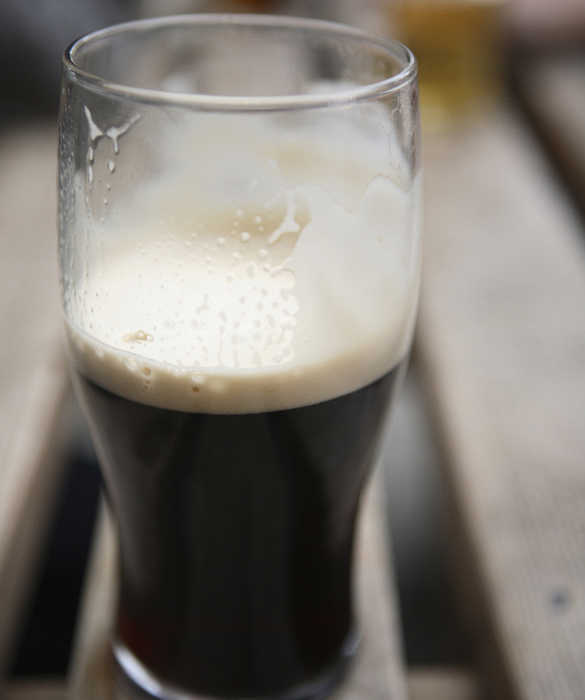
Craft beer rookies may shy away from its dark and rich appearance, but with traits that feature roasted or chocolate-like malt qualities, porters can be more friendly than foreboding. Usually, Danner says, the style includes hop bitterness to balance the malty sweetness. His version is characterized as a robust porter that balances loads of chocolate and caramel malt, with American hops providing fruit and floral notes. "Porters are a bit of an under-appreciated style," Danner says.
Hefeweizen
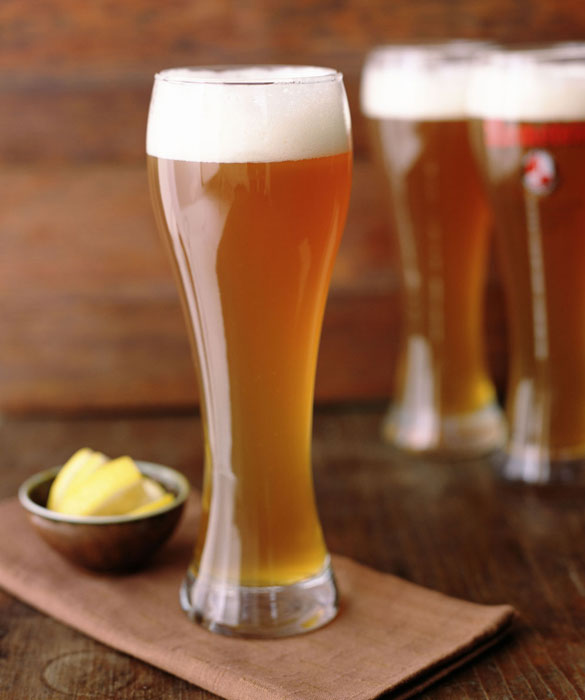
This unfiltered wheat beer tends to be cloudy, easy to drink and a good place for craft novices to start. It's common to squeeze a fresh lemon or orange wedge into the glass, although brewers and craft aficionados prefer not to. Because it does not go through the filtering process, these beers have more vitamins and complexity than their filtered counterparts, says Greg Fretz, owner of The Phoenix Ale Brewery in Phoenix. "It's a very refreshing beer to drink, especially in warmer states."
MORE: Matching Food and Wine
Flavorful and Festive
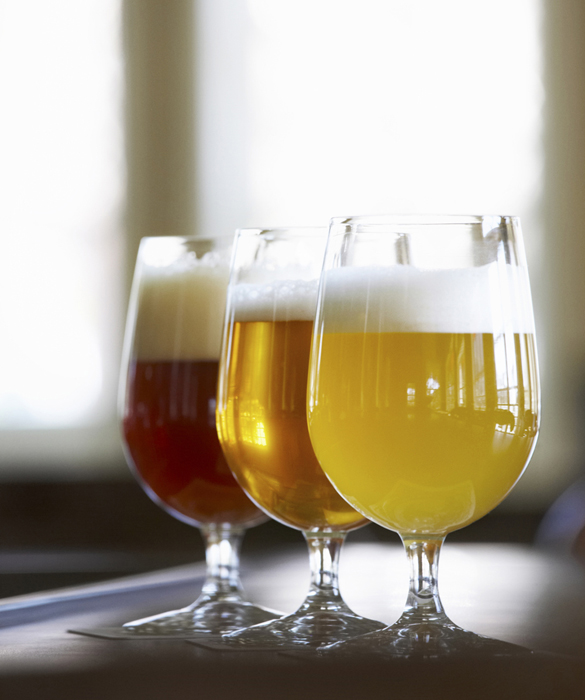
These are the pumpkin porters you see on shelves during the fall, peach ales in the summer, and the heavy winter-themed brews, with warming spice on the finish, around the holidays. Flavored styles are typically seasonal beers that boast flavors echoing the particular season's festive foods, with brewers extrapolating flavors from their muse and infusing those in the brewing process. "People have been doing these beers for centuries," says Fretz, whose brewery makes a hefeweizen-based watermelon ale.
Stout
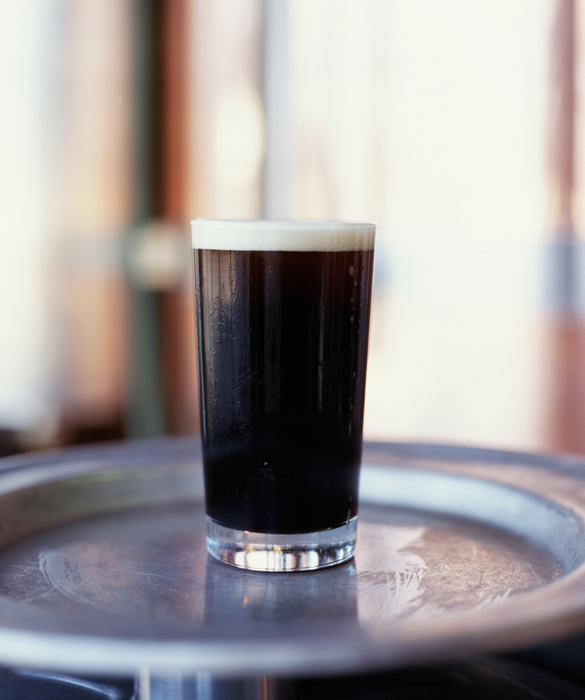
Like porters, stouts look dark and a little spooky because, just like porters, stouts are brewed with chocolate or cocoa malts, which are responsible for its sinister-looking shade, Fretz explains. But while porters tend to be chocolate-oriented, stouts tout a more coffee or espresso quality. That doesn't necessarily mean, however, these beers are bolder in flavor or higher in alcohol content. "Depending on how they're done, stouts can be lighter beers," Fretz says. "Some people are intimidated and think darker beers are higher in calories, and that's not necessarily the case."
Take a Field Trip
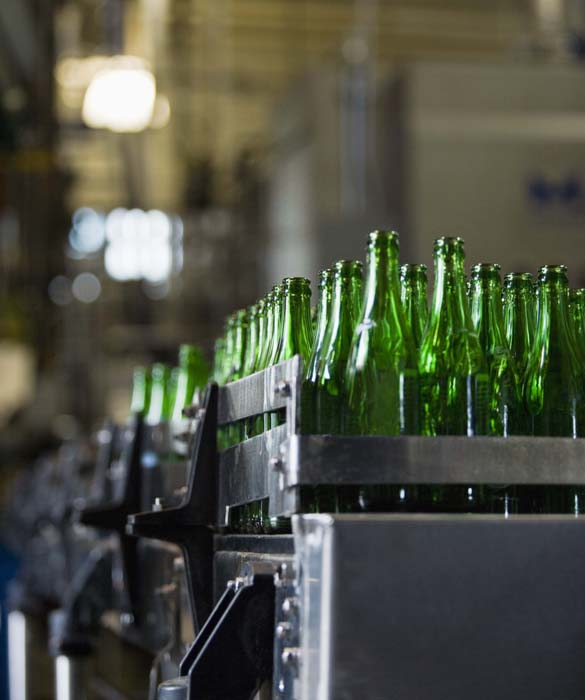
You could hit the nearest liquor store and purchase several bottles to try at home. But with breweries in every state, sampling their wares in person is the best way to determine what you like and what you want to skip. On average, most Americans live within 10 miles of a brewery, according to the Brewers Association. Also, drinking a local beer means it was likely brewed within the last 15 days, Fretz says, so it's going to be fresher than what you buy at the store. "It's all about what's local and what's fresh."



